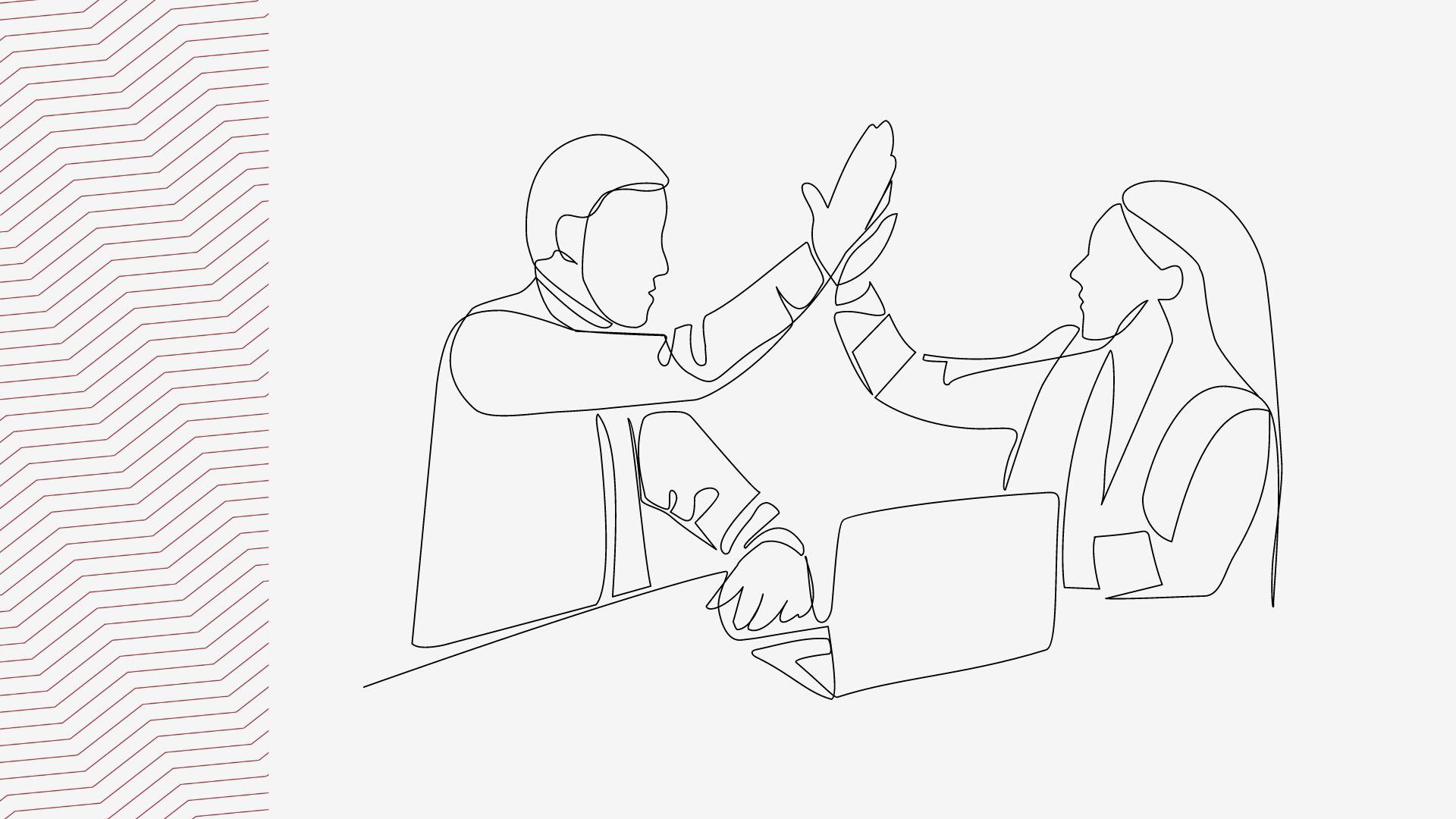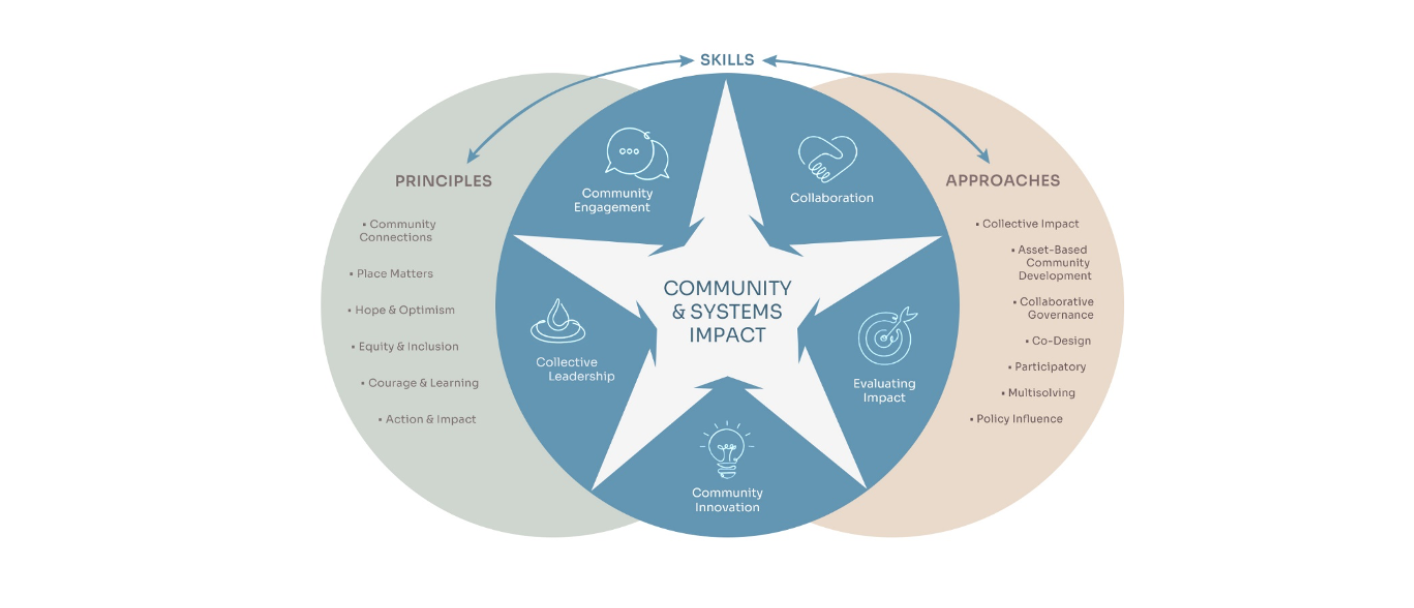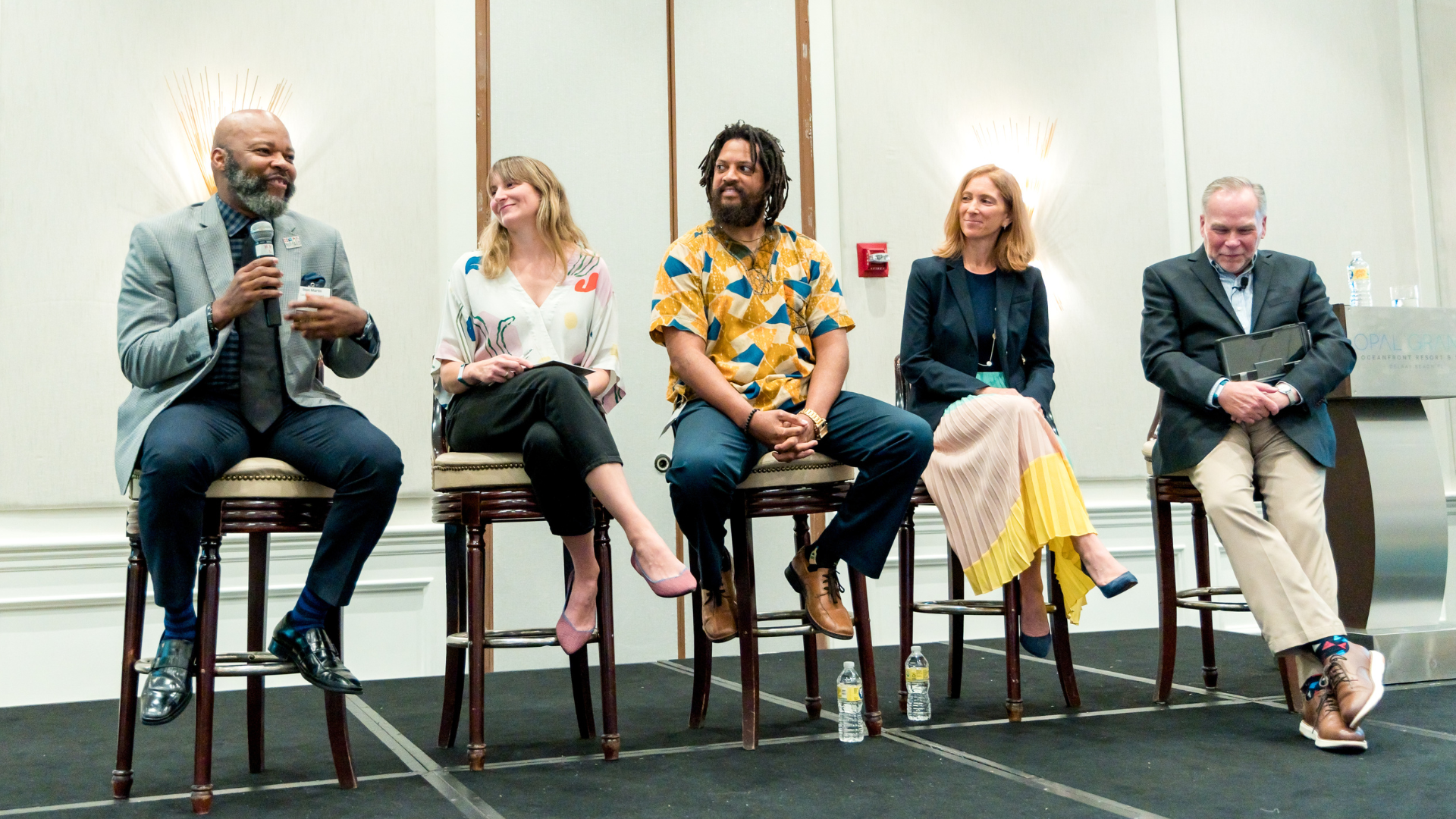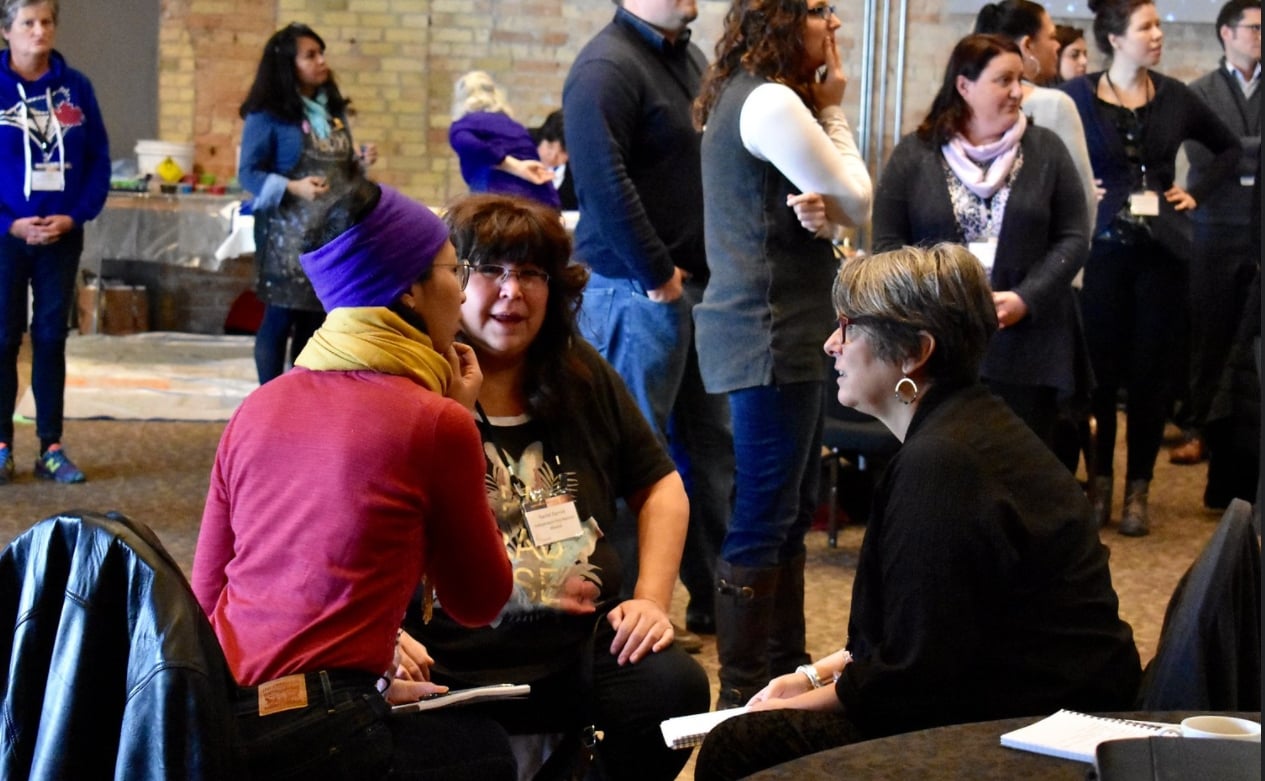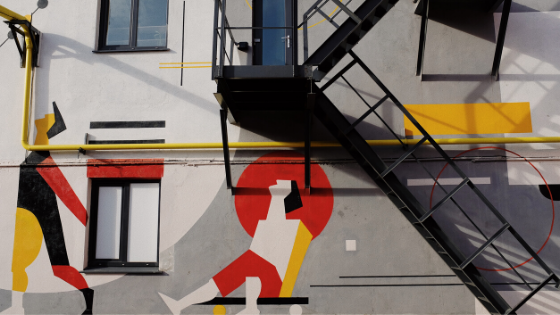Public health (PH) has a long history of bringing about large-scale social change to create better health for populations — particularly for those with less than optimal living conditions. Whether it is efforts to improve water quality and sanitation or supporting movements targeting poverty reduction and food security, PH has continually sought to enact change that impacts community health at the broader level. One approach to large-scale social change that PH is fundamentally aligned with is Collective Impact – a strategy that encourages organizations to coordinate their efforts across sectors, rather than working in isolation on programs or interventions with similar aims.
The NCCDH
The National Collaborating Centre for Determinants of Health (NCCDH) supports public health agencies by working to improve upstream conditions that determine health. In the summer of 2017, the organization published a blended case study describing two Collective Impact initiatives in which PH is significantly involved: London, Ontario’s Child & Youth Network (C&YN) and Vancouver Island’s Child & Youth Health Network (C&YHN). The report — one of several Collective Impact projects the NCCDH has undertaken — describes how and why these two networks addressing child mental and physical health came together, what their status is and where their future goals lie. The NCCDH’s intention in promoting Collective Impact initiatives is to deepen PH staff's understanding of how their organization’s mandate can be served by undertaking a Collective Impact project.
Strategic Lessons
For a Collective Impact initiative, PH support can noticeably enhance members’ access to resources. As seen in our case study, London’s C&YN had significant support from the Middlesex-London Health Unit (MLHU), one of Ontario’s 35 regional PH units. This included half the hours of a full-time PH nurse and the ongoing support of 17 MLHU staff. With this support, the network created an inter-professional community of practice and capacity-building training activities. In addition, the health unit continues to have a C&YN committee that meets a few times a year to ensure the organization’s consistent, integrated and collaborative engagement in the Network. Over time, many of the Network’s initiatives have been incorporated into PH operational plans.
For Vancouver Island’s C&YHN, PH played a role in identifying overlap among groups working on similar issues and helped facilitate the development of the Network. According to Petra Chambers-Sinclair, the first coordinator of the C&YHN in Vancouver Island’s Capital Region, “It was a public health manager who had the bird’s eye view of what was emerging, and who brought the right people from diverse sectors together.” This perspective allowed PH to play an ongoing leadership role as community members worked together to create the C&YHN.
Other Collective Impact Works with Public Health Leadership
The NCCDH is always interested to learn of other Collective Impact initiatives that have strong PH engagement. A listing of known Collective Impact projects in the PH sector can be found on page 3 of the report, located here. If you have encountered others in your practice, please feel free to share your story with the NCCHD (nccdh@stfx.ca).
Learn More:
- Visit the National Collaborating Centre for Determinants of Health (NCCDH) website
- Download London, Ontario’s Child & Youth Network (C&YN) CI Case Study
- Download Vancouver Island’s Child & Youth Health Network (C&YHN) Case Study
- View a listing of other known Canadian CI Projects in the public health sector
- Contact NCCDH to add your Public Health CI Project to their growing list






